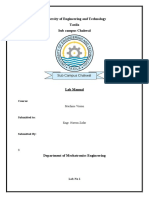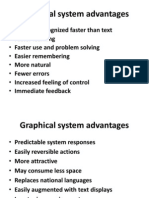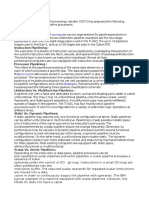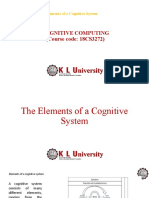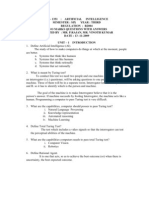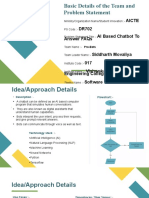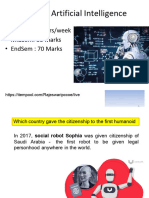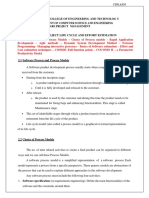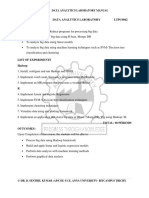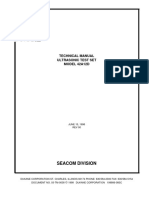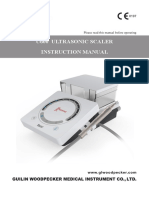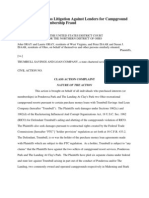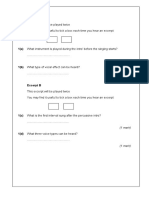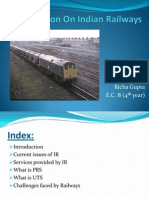0% found this document useful (0 votes)
55 views13 pagesUnit V Application
The document discusses various applications of sound authoring, message recognition systems, paralinguistic information retrieval, text mining, and data preprocessing techniques. It highlights the importance of digital audio workstations, speech recognition technology, and text mining applications such as sentiment analysis and document classification. Additionally, it covers the use of probabilistic and hybrid approaches in data preprocessing and the functionality of web search applications for information retrieval.
Uploaded by
priyam3783Copyright
© © All Rights Reserved
We take content rights seriously. If you suspect this is your content, claim it here.
Available Formats
Download as DOCX, PDF, TXT or read online on Scribd
0% found this document useful (0 votes)
55 views13 pagesUnit V Application
The document discusses various applications of sound authoring, message recognition systems, paralinguistic information retrieval, text mining, and data preprocessing techniques. It highlights the importance of digital audio workstations, speech recognition technology, and text mining applications such as sentiment analysis and document classification. Additionally, it covers the use of probabilistic and hybrid approaches in data preprocessing and the functionality of web search applications for information retrieval.
Uploaded by
priyam3783Copyright
© © All Rights Reserved
We take content rights seriously. If you suspect this is your content, claim it here.
Available Formats
Download as DOCX, PDF, TXT or read online on Scribd
/ 13



